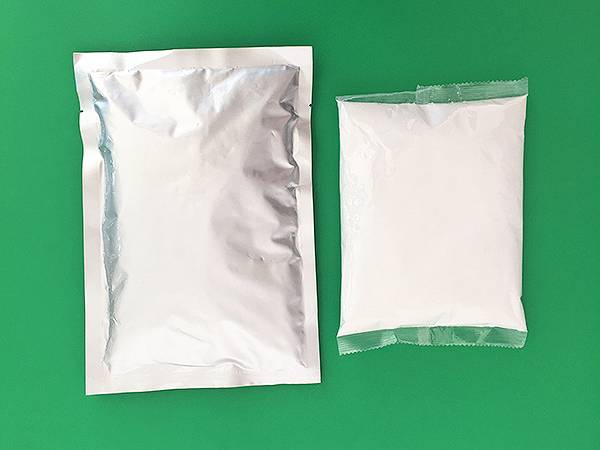



Sodium Monosulfide
Sodium monosulfide, often referred to as sodium sulfide (Na2S) in its common form, is a significant chemical compound with a variety of industrial and environmental applications. Known for its characteristic yellow to light brown color, sodium monosulfide is a strong alkaline substance and is soluble in water, characteristic that plays a vital role in its diverse uses.
One of the primary applications of sodium monosulfide is in the textile industry, where it serves as a reducing agent in the dyeing and bleaching processes. In particular, it is used to produce color change in textile materials, allowing for the creation of vivid and diverse coloration. Additionally, because of its effective bleaching qualities, sodium monosulfide is integral in the production of a wide range of dye products.
Beyond textiles, sodium monosulfide has significant applications in the paper and pulp industry. It is utilized in the kraft process, which is a method for converting wood into wood pulp, a primary component in papermaking. In this process, sodium monosulfide helps to break down the lignin in wood, which binds cellulose fibers together. This results in a more efficient pulping process and helps produce high-quality paper products.
In the field of mining, sodium monosulfide plays a crucial role in hydrometallurgy, particularly in the extraction and recovery of metals such as copper and zinc from their ores
. It can act as a depressant in flotation processes, enabling efficient separation of valuable minerals from unwanted materials. This application underscores the importance of sodium monosulfide in resource extraction, making it a valuable compound in the metals industry.sodium monosulfide

Environmental applications of sodium monosulfide are also noteworthy. The compound is used in the treatment of wastewater and sewage systems, facilitating the removal of heavy metals and other toxic substances. When added to wastewater, sodium monosulfide precipitates heavy metals, allowing for their removal from the water. This remediation capability is vital for environmental protection, as it aids in mitigating the impact of industrial waste on ecosystems.
Despite its many benefits, it is essential to handle sodium monosulfide with caution. It is a hazardous material that can be corrosive and toxic when inhaled or ingested. Proper safety measures, including the use of personal protective equipment (PPE) and dedicated handling procedures, are crucial to minimize health risks to workers and the environment.
In conclusion, sodium monosulfide is a versatile chemical compound with substantial applications across various industries, including textiles, paper production, and mining. Its effectiveness as a reducing agent and environmental remediator underscores its importance in modern industrial practices. However, recognizing its hazardous nature is equally critical to ensure safe handling and environmental sustainability. As industries continue to seek efficient and sustainable solutions, sodium monosulfide will likely maintain its significance while evolving in its applications to meet the demands of a changing world.
-
High-Purity Strontium Chloride (SrCl2) for Lab & IndustryNewsAug.31,2025
-
Anhydrous Formic Acid 80% 85% 94% - High Purity SolutionsNewsAug.30,2025
-
Accurate Fire Assay Flux for Gold & Silver Ore AnalysisNewsAug.29,2025
-
Advanced Paint Chem Solutions: Quality Chemicals for CoatingsNewsAug.28,2025
-
Potassium Nitrate: The Ultimate Fertilizer for Agriculture and GardeningNewsAug.25,2025
-
Potasium Persulphate: A Versatile Chemical for Industrial ApplicationsNewsAug.25,2025
-
Industrial Applications of Sodium HydroxideNewsAug.25,2025










